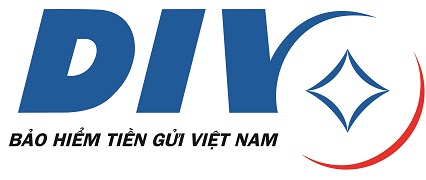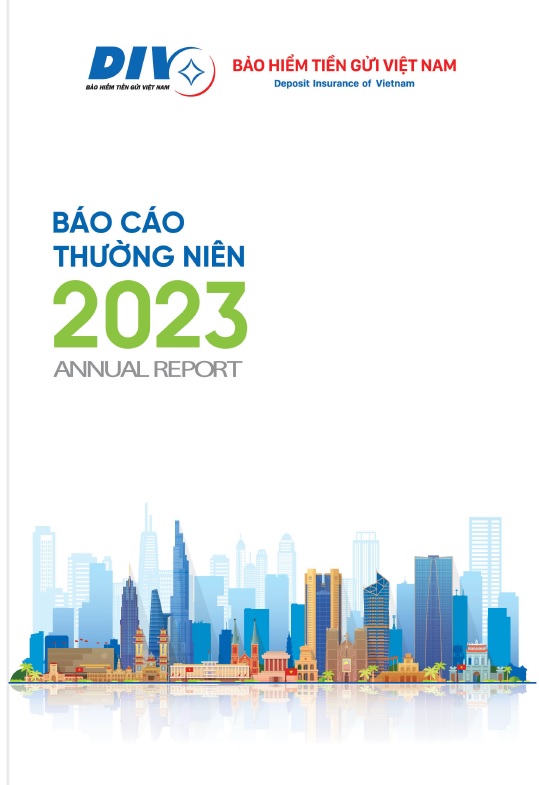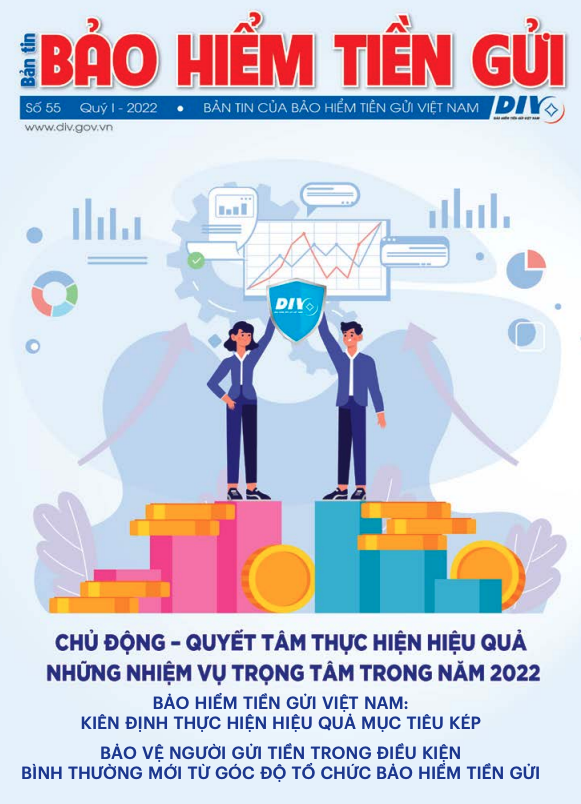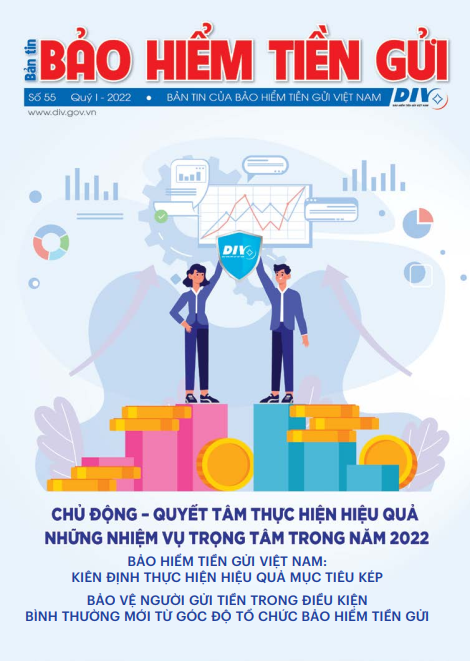Entering the year 2023, the world economy is expected to slow down with many uncertainties and unpredictability. Inflation continued to remain high in many countries. In this context, international organizations have continuously sharply reduced their forecasts for global economic growth in 2023 and warned of the risk of an economic recession accompanying by inflation (stagnation) in several countries. World basic commodity prices (fuels, food, metals...) have complicated movements. The Fed is expected to raise interest rates, through which the pressure to increase the dollar's value in the international market will continue.
Domestic economic growth in the coming time is forecasted to continue to recover due to the opening of the economy, stimulus effects from the 2022-2023 socio-economic recovery program, and free trade agreements (FTAs) that are widely deployed. However, risks to the economy are also increasing. The world economy slows down, foreign demand reduces in the coming time, negatively affecting the manufacturing and processing industries; inflation tends to increase that it is necessary to have timely control solutions to ensure sustainable growth.
Domestic inflation is under great pressure from the beginning of 2023 due to both supply side (cost push) and demand side (demand pull). On the supply side, the second round effect from the high world commodity prices in 2022 and the price adjustment managed by the State may continue to increase inflation in 2023. On the demand side, pressure comes from the main demand side due to economic recovery and the increase in base salary.
In Resolution No.01/NQ-CP dated January 6, 2023 of the Government on the main tasks and solutions for the implementation of the socio-economic development plan, the estimated State budget and the improvement of the business environment, improving national competitiveness in 2023 (Resolution No.01) has set a number of targets in 2023: The growth rate of gross domestic product (GDP) is about 6.5%, the growth rate of the price index average consumption (CPI) is about 4.5%...
Implementing Resolution No.68/2022/QH15 dated November 10, 2022 of the National Assembly on socio-economic development plan for 2023, Resolution No. 01/NQ-CP dated January 6, 2023, the Governor of the SBV issued Directive No. 01/CT-NHNN dated January 17, 2023 on organizing the implementation of key tasks of the banking sector in 2023 (Directive No.01). structure, the Governor of the SBV requires units of the SBV and credit institutions and foreign bank branches to strictly implement solutions to control monetary policy and banking activities in 2023 in order to control inflation and contribute to the stability of the macroeconomic, support reasonable economic growth .
Meanwhile, one of the important objectives is to operate monetary policy firmly, proactively, flexibly, effectively, synchronously and closely with fiscal and macroeconomic policies. In order to control the inflation target in 2023, the inflation average rate is about 4.5%, contributing to stabilizing the macro-economy and supporting reasonable economic growth. In 2023, credit orientation will increase by about 14-15%, with adjustments in line with developments and actual situations. Control credit growth reasonably to contribute to controlling inflation, supporting economic growth, directing credit capital into production and business fields, especially priority areas and growth drivers according to the policy of the Government; strictly control credit for potential risk areas. Implement with the best efforts the tasks of the banking sector in the program of socio-economic recovery and development, national target programs.
In order to achieve a number of objectives in operating monetary and credit policies, in Directive No.01, the Governor of the SBV also required the units of the SBV to:
(i) Following market developments and economic situation locally and abroad to flexibly and synchronously operate monetary policy tools and solutions to control inflation, contributing to remaining macroeconomic stability and money and foreign exchange markets , control credit growth according to the set instructions. Operating open market operations in accordance with market movements, supporting the stability of the money market. Managing interest rates in line with macro balance, inflation and monetary policy objectives; Encourage credit institutions to reduce costs to stabilize lending interest rates. Manage flexible exchange rate in order to stabilize the foreign currency market, contribute to stabilizing the macro-economy and controlling inflation. Refinancing credit institutions to support liquidity, lend to programs approved by the Government and Prime Minister, support the process of restructuring credit institutions and dealing with bad debts.
(ii) Managing volume growth and reasonable credit structure, meeting the credit capital needs of the economy in order to contribute to controlling inflation and supporting economic growth. Notify and periodically review, consider adjusting credit growth targets for each credit institution on the basis of operating situation, financial capacity and healthy credit growth; which is based on some basic criteria such as credit institution ratings, credit concentration, interest rates, participation in supporting handling of weak credit institutions, actual market situation, etc.
Direct credit institutions to increase credit throughout the year at a reasonable rate, direct credit to production and business fields, priority fields and economic growth drivers according to the Government's guidelines; ensure safe and effective credit operations; continue to strictly control credit in potentially risky areas such as real estate, securities, BOT traffic projects; create favorable conditions for businesses and people to access bank credit capital.
Continue to promote the implementation of tasks of the banking sector in the program of socio-economic recovery and development, national target programs. In which, focusing on implementing the 2% interest rate support program under Decree No.31/2022/ND-CP of the Government, policy credit programs through the Bank for Social Policies.< /p>
(iii) Support and create conditions for credit institutions and the Bank for Social Policies to well implement credit programs and policies under the direction of the Government and the Prime Minister. Coordinate with ministries and branches to remove obstacles in the implementation of credit programs and policies under the direction of the Government and the Prime Minister.
In fact, in order to remove difficulties and bottlenecks in liquidity in the economy, it is necessary to promote disbursement of public investment, reduce and extend taxes, adjust real estate prices, etc . to improve the liquidity for sectors in the economy. In particular, it is necessary to find solutions to develop the capital market, including the bond market, thereby creating more medium and long-term capital mobilization channels for businesses. Bank capital is short-term in nature, so it should be limited to solve problems of medium and long-term nature. If we are too dependent on bank credit capital, it can cause consequences and risks in the future because the monetary and credit indicators of Vietnam have been at a warning threshold.

























